Uncovering the Benefits of Inbound Marketing
In a competitive landscape filled with promotional video marketing and advertising content, how can businesses differentiate themselves and effectively captivate their desired audience?
Implementing inbound marketing strategies is key. This comprehensive methodology revolves around attracting customers by creating valuable content, building trust and credibility, nurturing leads, fostering customer relationships, and cultivating enduring connections with clients.
Explore this comprehensive guide to uncover the benefits of inbound marketing and understand how to fully harness its potential to enhance your business's inbound marketing work.
Key Takeaways
-
Inbound marketing provides cost-effective, higher conversion rates and increased brand recognition for sustainable business growth.
-
Integrating inbound and outbound tactics to maximize effectiveness of marketing efforts is key.
-
Measuring success through KPIs & continuous improvement helps optimize strategies for better results.
The Power of Inbound Marketing
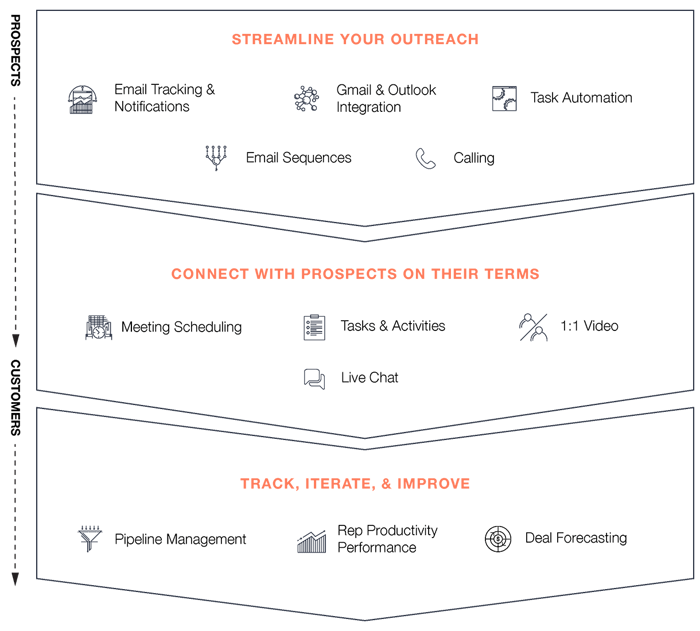
In the realm of digitalized marketing, inbound marketing focuses on nurturing long-term relationships with customers through a tailored SEO strategy and buyer personas. Unlike traditional outbound marketing, which relies on interruptive tactics, such as cold calling and mass advertising, inbound marketing is centered on drawing customers in with valuable and personalized content that caters to their specific needs and interests.
The primary aim of an inbound marketing campaign is to build trust, establish credibility, and cultivate enduring relationships with your customer base. Amidst the ongoing debate over the superiority of inbound marketing compared to outbound marketing efforts, it becomes apparent that the customer-centric approach of inbound marketing presents a more compelling perspective.
This customer-centric strategy is particularly well-suited to the digital landscape, where consumers increasingly seek solutions through online research and social media.
By providing relevant, high-quality content that resonates with your target audience, you can position your brand as a reliable source of information and ultimately guide them through the buyer’s journey, fostering their transformation into loyal, paying customers.
Attracting the Right Audience
Understanding your audience’s needs, aspirations, and challenges is crucial for effective engagement. By conducting surveys and analyzing demographic data, you can develop a comprehensive understanding of your target market and create content that speaks directly to their interests.
Storytelling is a powerful tool in inbound marketing, as it helps to encourage customers to:
-
Establish brand credibility
-
Foster a deeper connection with your audience
-
Offer distinctive, tailored content that resonates with your audience and addresses their pain points
-
Create a strong, lasting impression that keeps them coming back for more.
Examples of engaging content include blog posts, videos, tutorials, and even behind-the-scenes insights into your company’s culture and values.
Building Trust and Credibility
Building customer relationships is integral to the success of the inbound marketing approach. Consistently demonstrating your expertise in inbound marketing strategies and tactics, while addressing the specific needs of your audience, is crucial in establishing your brand as a reliable and knowledgeable source.
At the core of every marketing strategy is the cultivation of enduring relationships with customers, positioning your brand as a trusted authority in information sharing.
Cultivating trust through the principles of inbound marketing not only encourages customer advocacy but also initiates a self-perpetuating cycle of nurturing customer relationships, attracting new clients, and ultimately, driving sales.
Key Benefits of Inbound Marketing
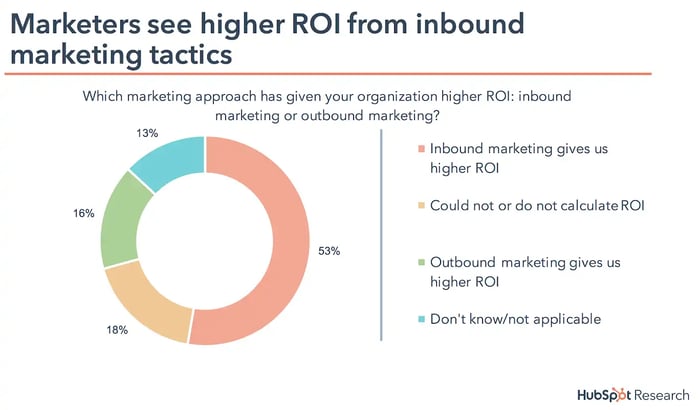
In the realm of marketing strategies, the methodology of inbound marketing works by providing numerous advantages that position it as an attractive alternative to traditional advertising methods. Some of its key benefits include its cost-effectiveness, increased conversion rates, the facilitation of a notable customer experience, and the promotion of amplified brand recognition.
By strategically tailoring your efforts of inbound marketing to deliver valuable and relevant content that aligns with the specific needs and preferences of your target audience, you can amplify the reach and impact of your inbound marketing content and initiatives.
These advantages not only contribute to a more substantial return on investment (ROI) but also play a vital role in establishing a firm foundation for long-term customer relationships, ultimately fostering sustainable growth of business. In the following sections, we will delve deeper into each of these advantageous aspects.
Cost-Effectiveness
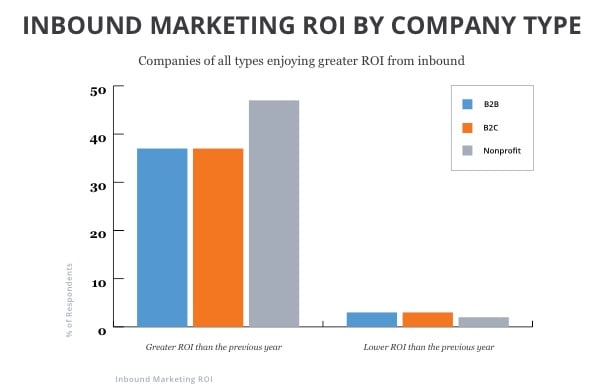
Inbound marketing offers a more cost-effective solution compared to traditional advertising methods, as it focuses on attracting customers organically through valuable content yourself. By creating content that appeals to your target audience, you can reach them without incurring the high costs associated with traditional marketing strategies such as print or broadcast advertising.
Research has shown that qualified leads acquired through consistent efforts of inbound marketing are 80% less expensive than outbound leads, with a cost per lead generated by inbound marketing being 60% lower than outbound-generated qualified leads.
This cost-effectiveness generate qualified leads, not only makes inbound marketing more accessible to businesses of all sizes but also contributes to a more sustainable and scalable growth examples of inbound marketing blueprint too.
Higher Conversion Rates
Higher conversion rates are another significant benefit of inbound marketing. By creating content that is tailored to the needs of your target audience, you increase the likelihood that they will take the desired action, such as making a purchase or signing up for your newsletter.
One effective tactic for more organic traffic and boosting conversion rates inbound methodology is employing content upgrades, which provide additional value to your audience in exchange for their contact information. For example, only marketing tactic you might offer a free e-book or a comprehensive guide that complements a blog post on a related topic.
By providing valuable and relevant content and inbound marketing tools and methodology that addresses your audience’s needs and interests, you can create a stronger connection and encourage them to take the next step in their buyer’s journey.
Increased Brand Awareness
Greater brand awareness is another key advantage of inbound marketing. By crafting high-quality content that resonates with your audience and delivering exceptional customer experience that addresses their needs, you can enhance the visibility of your brand, attract more customers and build trust with potential customers.
"Inbound marketing brings in addition to providing value through informative and engaging content, inbound marketing also offers opportunities to showcase your brand’s personality and unique selling points.
By sharing authentic stories and behind-the-scenes insights into your company culture, you can create a more memorable and relatable brand image that encourages customer experience, loyalty and word-of-mouth referrals.
Integrating Inbound and Outbound Marketing
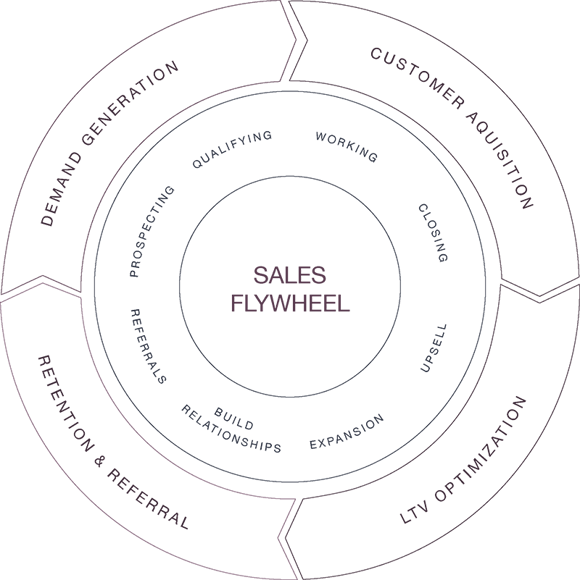
While a inbound marketing and marketing automation, can, offer numerous advantages, it’s important not to overlook the benefits of outbound marketing.
By integrating both great inbound marketing, and inbound marketing tools, marketing automation tools and outbound marketing strategies, you can maximize the effectiveness of your inbound marketing funnel and efforts by leveraging the strengths of each approach.
Whether you’re looking to broaden your reach, improve your conversion rates, or simply ensure that your brand remains top-of-mind for your audience, combining both inbound marketing and outbound marketing tactics can help you achieve your marketing goals more efficiently and effectively.
Complementary Tactics
Inbound marketing content, inbound marketing techniques, and outbound marketing tactics can work together to create a comprehensive and effective digital marketing strategy. For example, while an an inbound marketing content strategy focuses on attracting and engaging customers through valuable content, outbound digital marketing efforts can be used to disseminate information and create brand familiarity.
By employing a push-pull approach inbound marketing vs outbound, work, you can harness the power of both great inbound marketing and outbound marketing to reach a wider audience and drive organic traffic, increased engagement and conversions to reach customers.
This integrated inbound marketing vs outbound, work, or inbound marketing vs outbound marketing, strategy can help you achieve your marketing objectives more efficiently and ultimately, contribute to the overall success of your business.
Multichannel Marketing
Multichannel marketing is another essential component of a successful inbound marketing strategy. By leveraging multiple channels, such as your social media presence, email marketing, and content in inbound marketing funnel, you can engage with your audience on the platforms they prefer and drive growth of business.
Implementing multichannel marketing allows you to:
-
Target customers across different platforms, optimizing your reach and engagement
-
Foster customer trust and reliability
-
Enhance brand recognition and conversion rates
By embracing a multichannel approach, you your sales team attracts paying customers can ensure that your digital marketing and sales teams and efforts are as effective and impactful as possible.
Implementing an Effective Inbound Marketing Strategy
Now that we’ve explored the benefits of using your inbound marketing tactics, inbound methodology and strategies vs. outbound marketing efforts, and the importance of integrating both your inbound tactics and your outbound tactics and strategies.
It’s time to delve into the essential components of implementing an effective inbound marketing strategy and a great inbound playbooks together.
The essential components include:
-
Content creation
-
Search engine optimization (SEO)
-
Social media marketing
-
Email marketing
These elements are all integral to a successful inbound marketing plan.
By focusing on these key components, you can ensure that your efforts of inbound marketing are not only effective in attracting and engaging your audience but also generate leads that contribute to the overall success and growth of your business.
Content Creation
Creation of content is the bedrock of inbound marketing campaign, as it furnishes content that appeals to and engages your audience. By offering a diverse range of examples of great examples of your inbound content and content, including:
-
blog posts
-
social media updates
-
videos
-
e-books
You can provide your audience with the information they need, when they need it.
To ensure that your content is accessible to all users, consider incorporating the following strategies:
-
Include descriptive text for images to provide context for visually impaired users.
-
Provide summaries or transcripts for audio content to accommodate users with hearing impairments.
-
Optimize your content for mobile devices to ensure a seamless user experience across different devices. By creating content that is both valuable and accessible, you can effectively engage your audience and drive conversions.
Search Engine Optimization
Search engine optimization (SEO) plays a crucial role in ensuring that your content is easily discoverable by your target audience.
By optimizing your content for relevant keywords and incorporating SEO best practices, you can increase the chances of attracting potential customers who are actively using search engines, using news sites and social media, and searching for solutions to their needs.
Backlinks, or external sites that link to your site, on search engines are considered to be the most crucial factor for your search engine results. Leveraging relevant influencers to promote your content can result in more people linking back to you, thus boosting your search engine rankings and overall online visibility.
Utilizing free backlink checker tools can also help you identify who is linking to your competitors and gain insights into potential opportunities for your own inbound marketing blueprint.
Social Media and Email Marketing
Social media marketing and email-based marketing are essential channels for promoting your content and engaging with your audience. By sharing your content across various social media management platforms and tailoring your blog post and messaging, to suit each media channel, you can effectively drive traffic and conversions.
Creating an email course is one way to enhance conversion rates, as it allows you to:
-
Break your content into digestible sections
-
Deliver them via individual emails
-
Provide your audience with valuable information
-
Encourage them to engage further with your brand
-
Ultimately, take the desired action.
Measuring the Success of Your Inbound Marketing Efforts
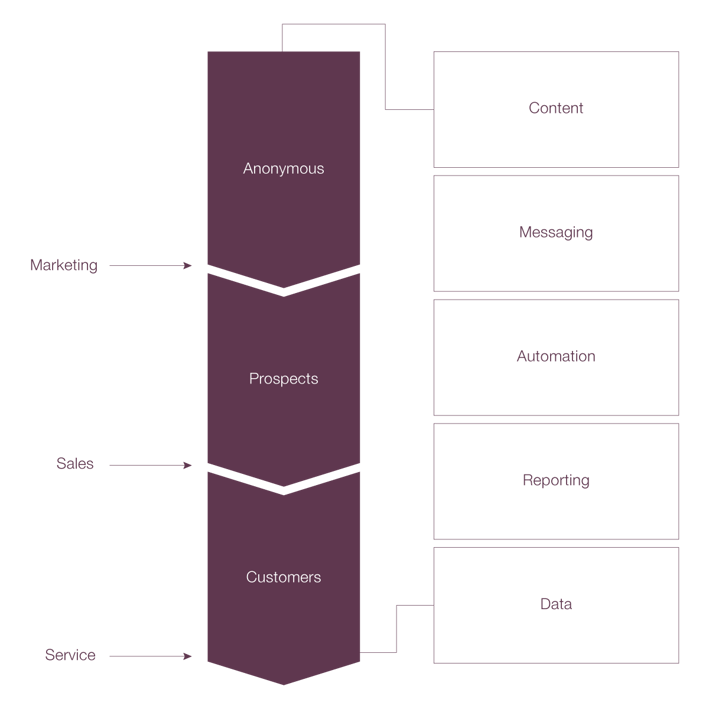
Evaluating the success of your various inbound-centric strategies and initiatives is essential for tracking key performance indicators (KPIs) and optimizing your inbound marketing strategy over time. By monitoring metrics such as website traffic, leads generated, and conversions, you can gain valuable insights into the effectiveness of your inbound vs outbound efforts and identify areas for improvement.
Continuous improvement is crucial for inbound success, as it involves regularly analyzing your performance and making data-driven adjustments to your strategy.
By staying agile and responsive to your audience’s needs and preferences, you can ensure that your inbound marketing tactics continue to deliver results and drive growth of business.
Key Performance Indicators
KPIs provide insight into the effectiveness of your own your persona-driven content and content marketing efforts, enabling you to identify areas for improvement and optimize your inbound marketing content and management strategy.
Common KPIs include:
Utilizing analytics tools such as Google Analytics or creating custom reports for work using a marketing automation platform can be effective examples of inbound marketing and tracking KPIs.
By monitoring your performance and making informed adjustments to your inbound marketing strategy throughout, you and sales team can ensure that your inbound efforts continue to drive results and contribute to the overall success of your business.
Continuous Improvement
Continuous improvement is a critical component of successful, inbound strategies. By regularly assessing your KPIs, experimenting with various tactics, and modifying your approach based on the outcomes, you can continually enhance your inbound marketing strategy and drive better results.
Examples of continuous improvement tactics include:
-
Analyzing data to identify areas of improvement
-
Setting goals and objectives to measure progress
-
Making incremental changes to processes and systems to enhance efficiency
By embracing this mindset, you can ensure that your inbound efforts remain effective and agile in the ever-evolving, digital marketing landscape.
Case Studies: Successful Inbound Marketing Campaigns
Studying case studies of successful inbound marketing campaigns can provide businesses with invaluable guidance and motivation when formulating their own inbound strategies. By analyzing the tactics and techniques employed by these campaigns, you can gain insights into what works well and what can be improved upon.
Examples of successful examples of both inbound marketing strategies and influencer marketing campaigns can offer beneficial insights and motivation for businesses seeking to implement their own successful inbound and influencer marketing campaign. From learning from the successes and challenges faced by other businesses, you can better tailor your own inbound marketing strategy to meet the unique needs and preferences of your target demographics.
Inbound Marketing Benefits Summary
In conclusion, inbound marketing is a powerful approach that can help businesses connect with their target audiences, build trust and credibility, and foster long-term relationship.
By focusing on content marketing, and social media posts and email as your inbound strategy and using inbound marketing tools together, you can create a comprehensive and effective inbound-centric strategy that drives results and contributes to the overall success of your business.
Embrace the power of these inbound methodologies and inbound marketing tools, and watch your business thrive!
Frequently Asked Inbound Marketing Questions
What are the advantages and disadvantages of inbound marketing?
The advantages of outbound methodologies and marketing automation approach are that it's a long-term strategy with room for customization. However, it can be a challenging process and not always applicable, while competitors can dominate the market share. Additionally, trust is limited initially.
What are the advantages of inbound marketing over outbound marketing?
Inbound marketing offers cost-savings benefits compared to outbound, with costing 60% less and decision makers preferring to learn about brands through articles rather than ads.
What is the advantage of inbound sales?
Inbound sales strategies provide an advantage to the sales team and process because they help the sales team attract high-quality, great-fit leads without the need for outbound sales efforts and large sales teams everywhere.
In addition, targeted ads and creation of useful content can capture customer attention and lead them through the sales and marketing funnel, making inbound sales a cost-efficient way to encourage and engage customers, and reach those in need of your product.
What is the main goal of inbound marketing?
The main goal of successful inbound marketing campaign is to attract and engage more customers, generate more leads, nurture leads, build trust and credibility, raise brand awareness which attracts customers, and foster long-term customer relationships.
How can I attract the right audience with my inbound marketing efforts?
By using only marketing tactics and creating tailored content that resonates with your target audience's needs and preferences, you can effectively engage and attract customers from the right audience.


